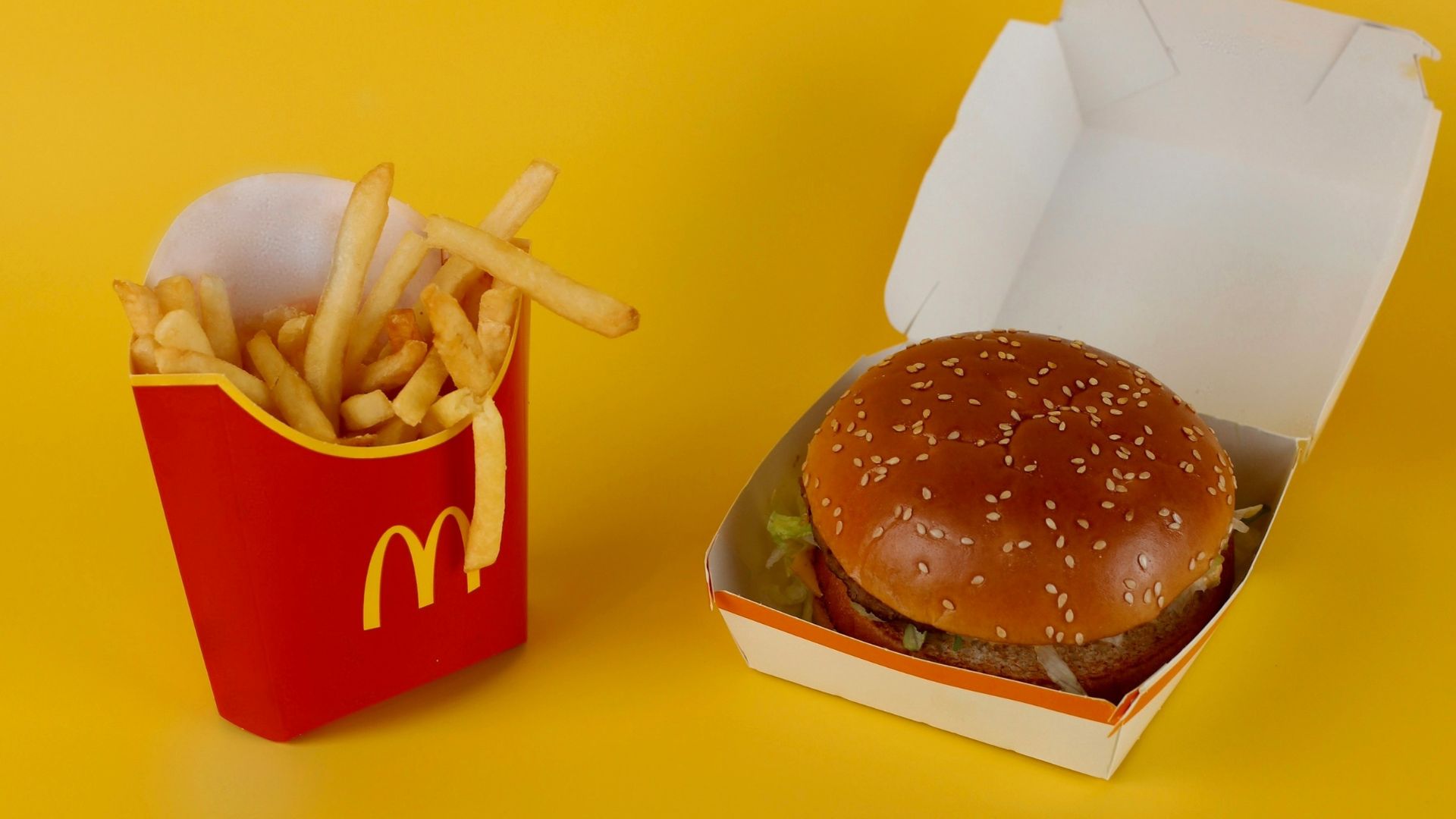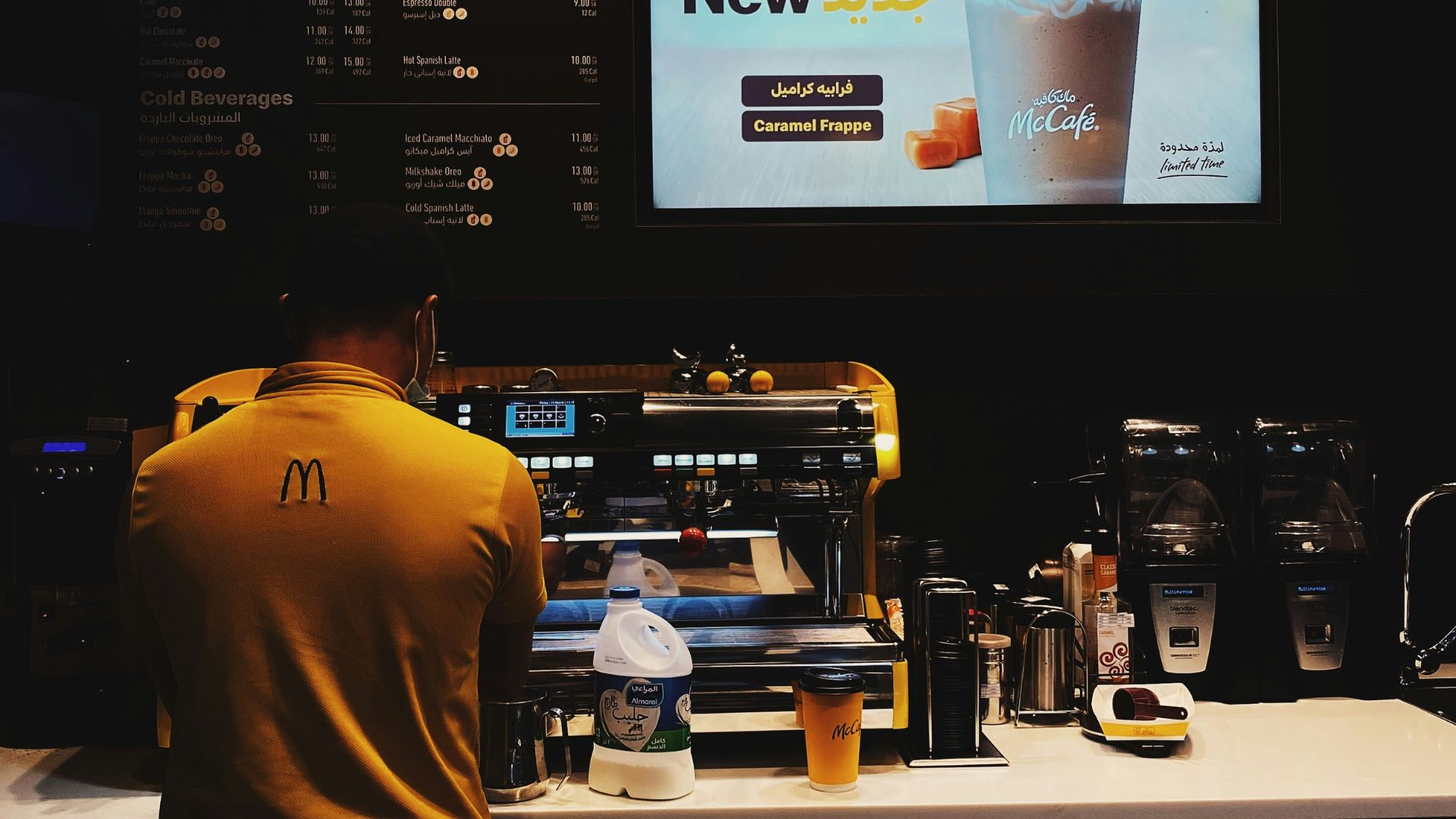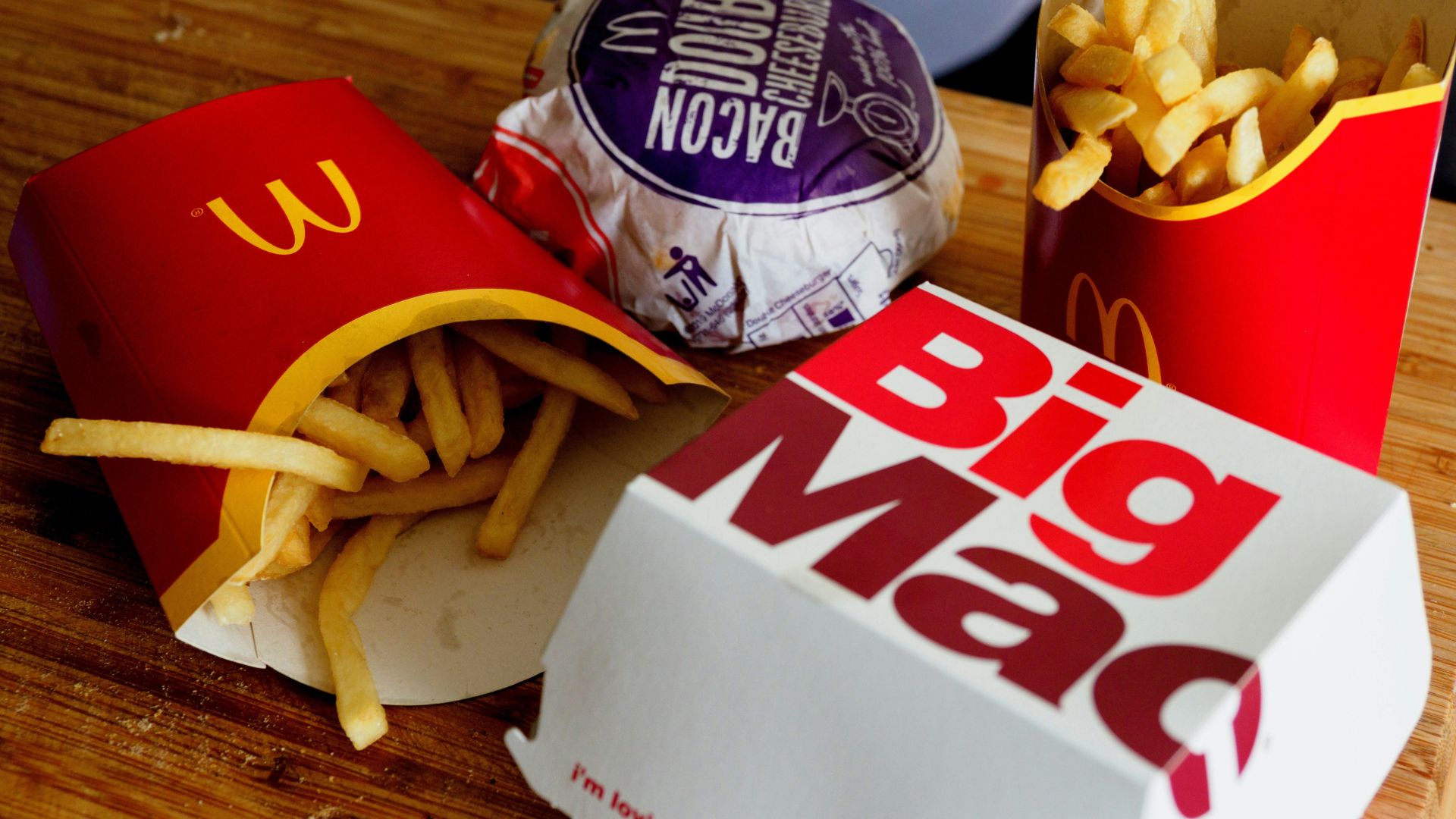Mike Haracz, who served as the Manager of Culinary Innovation for McDonald’s, has given specific advice about breakfast choices.
He recommends avoiding the standard folded egg on the bagel breakfast sandwich due to its texture and flavor, suggesting instead to opt for a round egg or scrambled egg to enhance the meal.
Recommendations on Bread Selection

The former McDonald’s chef has expressed dissatisfaction with the new buns used in the sandwiches.
Haracz stated, “the new bun is not as good as it used to be,” and recommends customers ask for their buns to be steamed to improve the overall taste and texture of their burger. This small adjustment could significantly enhance the eating experience.
Importance of Order Timing

According to Haracz, timing is crucial when ordering at McDonald’s.
The timing affects not just the service but the quality of food, suggesting that when customers order can be as important as what they order. Knowing the best times to order can greatly influence the quality of your meal.
Professional Experience and Personal Preferences

Haracz’s guidance is based on extensive professional experience and personal taste preferences.
With over 20 years in the culinary industry, his suggestions are rooted in deep knowledge and a clear understanding of culinary arts and nutrition, which he studied formally.
A Favorite Among the Menu

Haracz’s preferred choice at McDonald’s is the quarter-pounder with cheese.
He emphasizes the importance of freshness, stating, “you need to eat it within a few minutes of being served to know the difference.”
Fresh Beef Initiative at McDonald’s

Highlighting changes in preparation, Haracz noted that McDonald’s has started cooking fresh beef to order for quarter-pounders.
This shift aims to improve the taste, though he warns, “If you wait too long to eat it, all of the quality improvements are lost, and it tastes the way that it used to.”
Behind-the-Scenes Quality Control

During his tenure, Haracz was involved in sensory and quality testing of McDonald’s products and ingredients.
This rigorous testing ensured that new items met the company’s high standards before they were introduced to the menu, reflecting a dedication to quality.
Ingredient Availability Challenges

One of the limitations in menu development Haracz discussed is the availability of ingredients.
He said, “There might not be enough of an ingredient in the world to support it on the menu,” indicating how global supply can constrain what is feasible for large-scale offerings.
Corporate Kitchen Operations

Working in McDonald’s corporate kitchens involves replicating the restaurant environment to test new menu items effectively.
These kitchens are designed to mimic the layout and function of regular McDonald’s locations, ensuring consistency across all outlets.
The Impact of Staffing on Food Quality

Haracz pointed out that staffing levels directly influence the quality of food served.
He said, “Being properly or understaffed has a dramatic effect on the quality of food being served.”
Experience in Corporate vs. Restaurant Kitchens

The experience in McDonald’s corporate kitchens is markedly different from that in the chain’s restaurants.
These facilities are not aimed at serving guests but are focused on development and testing, crafted to standardize food quality and operational procedures.
Maintaining Standards During Busy Times

Reflecting on the operational challenges, Haracz concluded that high traffic times could make it difficult to maintain standards.
“Just like every restaurant, the busier it was, the harder it is to maintain some standards,” he explained, acknowledging the complexity of fast-food service during peak hours.
